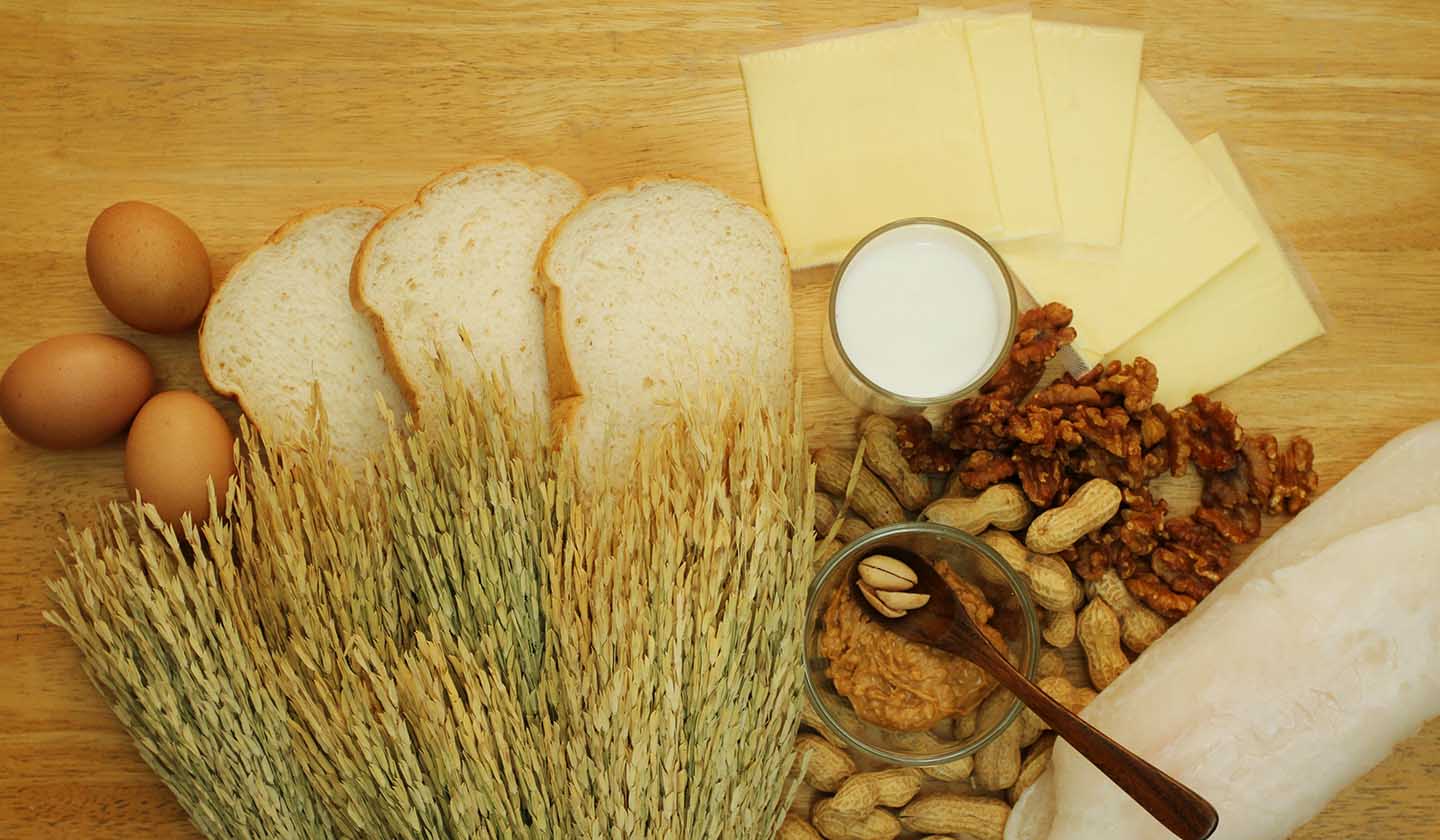Food
When the organism says: I don't like it!

When talking about food intolerance a clear distinction from food allergy should be made.
Food allergy is an adverse reaction that occurs after exposure to a certain food, known as the allergen. The immune system recognises that food as the aggressor and initiates an immune response. An allergic reaction can be moderate or severe and sometimes, if not treated immediately, it can be fatal.
In the case of food intolerance, there is also an adverse reaction due to the ingestion of a certain food, but the immune system is not involved. Food intolerance is related to a specific disorder during the digestion process.
Food intolerance is more common in children; however, lactose intolerance has become increasingly common in adults.

How to identify food intolerance
-
Swollen abdomen
-
Flatulence
-
Abdominal pain
-
Diarrhoea
-
Colic
If, after eating a certain food, you experience any of the above symptoms, you may have some type of food intolerance.
Food intolerances are usually linked to the presence of substances in foods. Sometimes, the chemicals and additives contained in foods can be responsible for adverse reactions.
Lactose intolerance - natural sugar present in milk and dairy products. If any of the above symptoms occur when you drink milk and dairy products, you are likely to be lactose intolerant, since your body cannot digest it.
Gluten intolerance - protein contained in cereals such as wheat, barley, rye, and other grains.
Fructose intolerance - natural sugar present in fruits.
Sulphite intolerance - present in wines, preserved foods, and soft drinks.

How to deal with food intolerance
Food intolerance can be easily treated: you just need to eliminate from your diet the agent that is causing the reaction.
Keeping a daily record of all types of foods you eat, or if you experienced any symptoms after eating them and when those symptoms occurred, can help you identify the agent responsible for the intolerance.
Depending on the type of reaction intensity, you may or may not have to eliminate that food from your diet or stop eating it for a while.
Pay attention to food labels, some products may contain traces of milk and nuts.

If your children suffer from food intolerance, provide the school or day care with all the information on what the child can eat or should avoid.
Sources
iSaúde
Farmácia Distribuição Magazine






